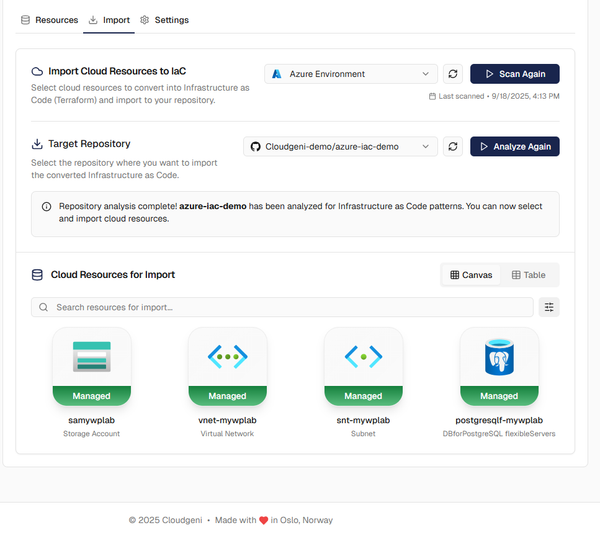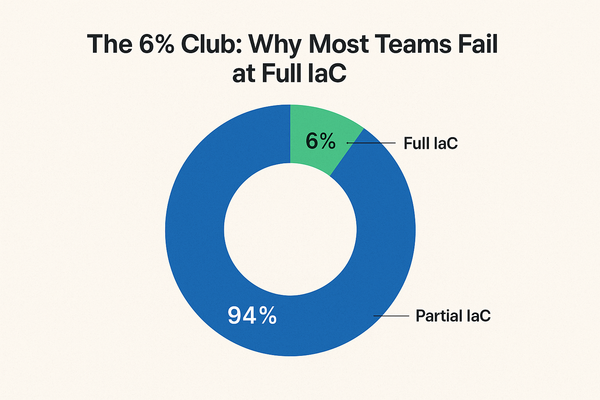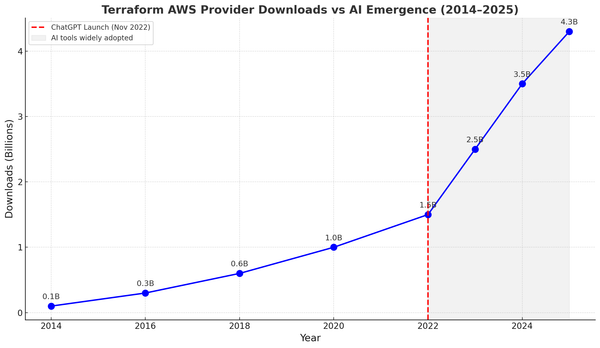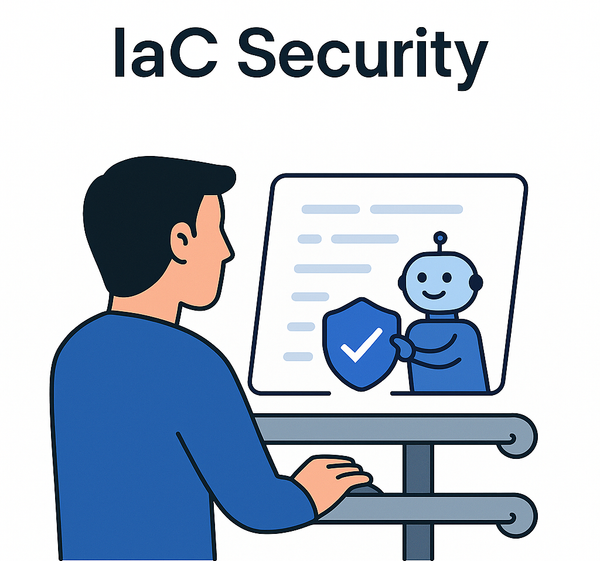Why Deterministic AI is the only AI that belongs in your infrastructure pipeline
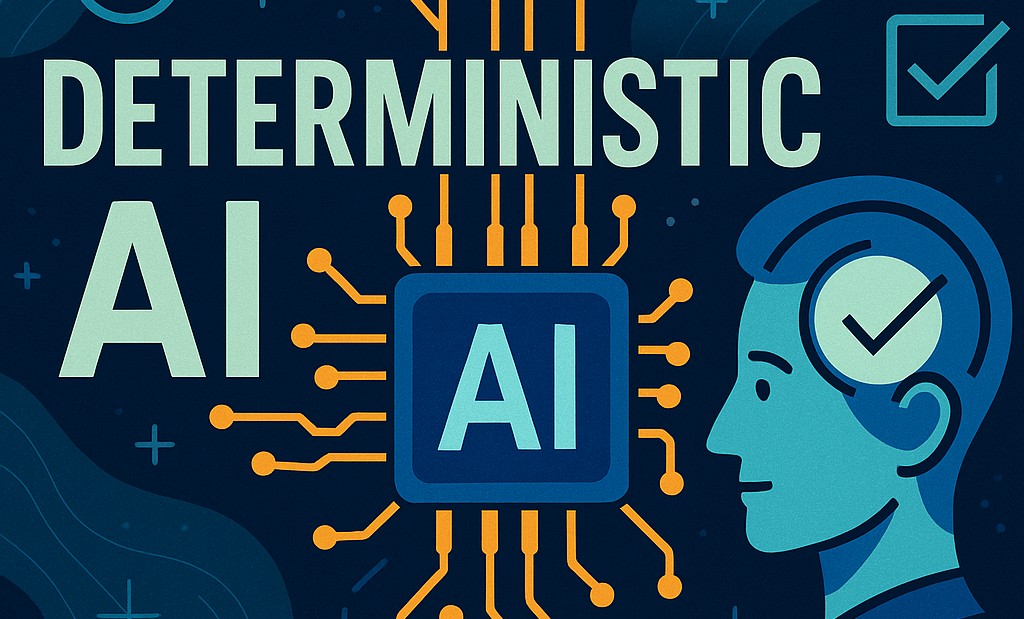
As AI becomes embedded into more DevOps workflows, a new challenge is surfacing — one most teams aren’t yet addressing: can you trust the code your AI generates?
For frontend or application code, “close enough” might be fine. But in cloud infrastructure, a misconfigured IAM policy, a drift-inducing Terraform fix, or a missed tagging standard can lead to security breaches, compliance violations, or production downtime.
This is where deterministic AI enters the picture not as a nice-to-have, but as a requirement for serious platform and infrastructure teams.
🚨 The Problem with “Probabilistic AI” in infrastructure
Most AI systems today, especially those powered by large language models (LLMs), are probabilistic. They generate outputs based on what seems statistically likely. That means:
- You might get different outputs each time for the same input
- The generated code might look valid, but violate internal policies
- There’s no guarantee the fix actually works in your environment
In a Terraform-heavy stack, this can manifest as:
- A security group fix that opens a port wider than policy allows
- A resource rename that breaks CI/CD pipelines
- A tag or label omission that causes non-compliance in audits
These aren’t just bugs — they’re invisible risks, often caught too late or not at all. This makes probabilistic AI a poor fit for use cases like IaC compliance, config drift remediation, and compliance remediation.
✅ What Is Deterministic AI?
Deterministic AI takes a fundamentally different approach. Rather than guessing, it operates within strict boundaries:
- Same input → same output, every time
- No hallucination or approximation
- Results are explainable, testable, and policy-aligned
This matters because DevOps and Platform Engineering are safety-critical functions. AI needs to behave more like a compiler than a creative assistant.
🔐 Why determinism matters in IaC security and compliance
When working with Infrastructure as Code, you’re operating under a set of expectations — both technical and organizational:
- Security rules (e.g. restrict public access, enforce encryption)
- Naming conventions (e.g. for resource tracking or cost attribution)
- Compliance baselines (e.g. SOC 2, ISO, DORA controls)
- Module structures and folder hierarchies
A deterministic system can enforce these as hard constraints. A probabilistic one cannot.
For example:
| Scenario | Probabilistic AI | Deterministic AI |
|---|---|---|
| Fixing an IAM policy | May hallucinate a role that looks OK but violates least privilege | Applies a known-safe pattern with documented constraints |
| Remediating drift | Suggests new resource blocks, potentially creating more drift | Aligns precisely with declared state, preserving structure |
| Tag enforcement | Might forget or invent inconsistent keys | Applies your org’s exact tagging scheme |
When you're doing policy-driven IaC fixes, these details are non-negotiable.
🧠 How Cloudgeni builds deterministic AI for IaC
At Cloudgeni, we’ve built our entire engine around determinism-by-design. It’s not just about scanning and suggesting code — it’s about enforcing infrastructure correctness within your guardrails.
Here’s what that means in practice:
- Context-aware remediation: We analyze your actual Terraform structure — modules, files, naming, tags — and use that context in every fix.
- Policy-first generation: Instead of patching violations after the fact, we apply policies before code is generated. This ensures all changes comply with org standards.
- Zero-hallucination safety: If our system can’t safely generate a fix, we don’t guess. We stop, flag the issue, and explain why.
- Drift and compliance remediation: We detect and fix drift in line with both your desired state and compliance requirements (e.g. logging, encryption, access control).
- Auditability: Every suggestion we make includes metadata about which rule was enforced and why the fix was applied.
This turns Cloudgeni from a “helpful assistant” into a trustworthy automation layer — a teammate that doesn’t break your infra.
⚡ Determinism is not slower — it’s safer and faster
There’s a misconception that deterministic systems are too constrained or slow down development.
In practice, the opposite is true.
When engineers trust the AI to generate safe, standards-compliant PRs:
- Review cycles shrink
- Manual patching drops
- Incidents decrease
- Compliance reports become easier to generate
This is the real benefit of deterministic AI for DevOps: speed without uncertainty.
🧭 Final thoughts: AI DevOps needs guardrails
Not all AI is ready for production infrastructure. The difference between “plausible” and “safe” is often invisible until it causes downtime or audit failure.
If you're leading a DevOps or Platform Engineering team, ask yourself:
Can I trust my AI tooling to make infrastructure changes without human oversight?
If the AI is probabilistic, the answer is no.
If it’s deterministic — like Cloudgeni — the answer can be yes, because:
- Every fix is traceable and repeatable
- Every change respects policy and structure
- Every action can be explained, audited, and must be reviewed by a human
Cloudgeni keeps humans in the loop, not out of it. Our deterministic AI handles the repetitive, policy-bound tasks while your team retains full control over what ships to production.
That’s how you scale automation safely in a world where IaC compliance, security, and config drift remediation are non-negotiable.
Cloudgeni is the deterministic AI layer for platform teams who want to move fast without breaking infrastructure.

